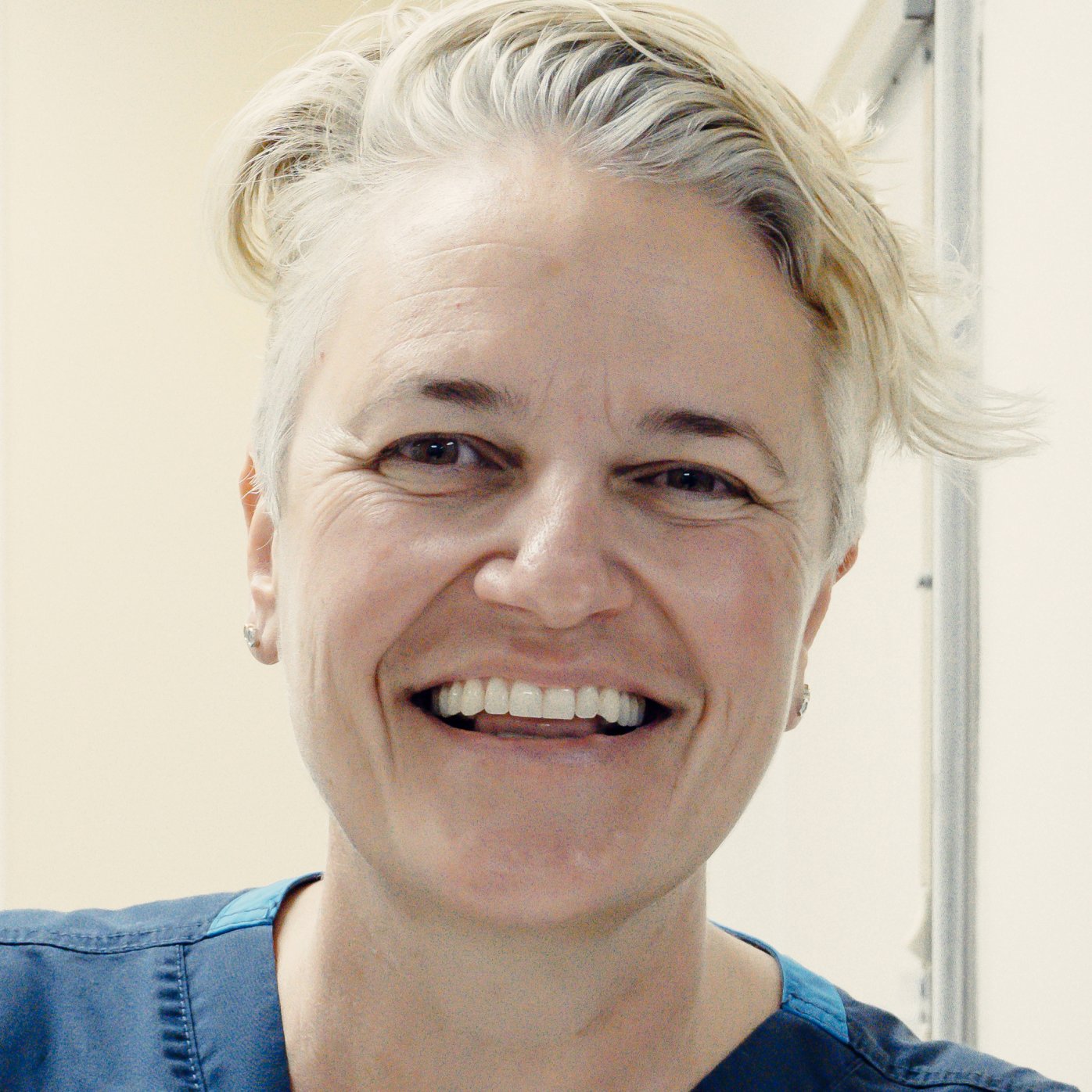
What is the difference between sadness and depression?
Feeling sad from time to time is normal. And while sadness eventually vanishes, depression is persistent.
John Aganon is a senior graphic designer with Sharp HealthCare and a steering leader of the Sharp Equality Alliance, a group dedicated to fostering a diverse and inclusive environment. He uses he/him/his pronouns.
Personal pronouns are an important part of our identity. They validate our true nature and help us gain a healthy sense of who we are by giving us the power to self-identify. But what exactly are personal pronouns and how are they used? Personal pronouns are how people refer to someone when they’re not using a person’s name.
“To first understand pronouns, it helps to understand the difference between sex and gender identity,” says Cris Peacock-Coleman, a registered nurse at Sharp Mesa Vista Hospital who identifies as gender fluid, meaning Peacock-Coleman does not identify as having a fixed gender. “Sex is a label assigned at birth based off biological markers — your presenting genitalia of male or female. There is also intersex [having anatomical characteristics that are neither typically male nor typically female].”
Understanding gender
Gender identity — also known as gender expression — is how a person feels inside and wants to identify and express themselves to the world. Personal pronouns are a way to identify the gender identity of someone you meet, Peacock-Coleman says, and understand how they recognize their own self-identity.
Like pronouns, proper use of gender identity terms and pronouns is an important way to show courtesy and acceptance. It’s often compared to correctly pronouncing an individual’s name.
Gender is defined in many ways. Like sexuality, gender is a spectrum and fluid. A person may identify with and use one pronoun in their 20s and find in their later years it changes.
The following gender definitions can help provide context and clarity for understanding pronouns:
Gender is a socially constructed and culturally defined phenomenon.
Gender identity is an internal psychological construct that refers to one’s own internal sense of gender.
Gender expression is the way a person acts, dresses, speaks and behaves. This can be feminine, masculine, a combination of the two, or neither.
Gender expression does not have to match assigned sex at birth or gender identity.
Gender fluid describes a person whose gender identity is not fixed.
Cisgender is a person whose gender identity and assigned sex at birth match.
Gender nonconforming describes a gender expression that differs from a given society’s norms for males and females.
Transgender describes a person whose gender identity and assigned sex at birth do not match.
Sex, alternatively, is a biological construct. The term refers only to anatomical structures, chromosomes and genes.
Pronouns in relationships — personal and professional
Imagine looking in the mirror and knowing who you are, clearly experiencing your identity validated by your choice of pronouns. Next, imagine having someone you’re communicating with reject that identity by misaligning your pronouns with your idea of self. This undermines your sense of being and is destabilizing and disrespectful.
“Acknowledging another person’s self-identity is wonderful, respectful, affirming and even confidence-boosting,” says Peacock-Coleman. “Using correct pronouns allows someone to know they are in a safe place to be themselves.”
Kelly Ravenscraft, a chaplain in the Patient Relations Department at Sharp Grossmont Hospital who uses she/they pronouns, says using correct pronouns allows others the opportunity to be seen, heard and understood.
“It is essential to understand and utilize a person’s correct pronouns,” Ravenscraft says. “It means that we observe and uplift their dignity and can address life-affirming needs that care for someone’s mind, body and soul.”
For people who are transgender, nonbinary or gender nonconforming, affirming their pronouns can also be a matter of life or death, especially for youth. “When pronouns and identities are affirmed, the rate of suicide attempts decreases,” Ravenscraft says.
It’s OK to ask — and make mistakes
But how does one respectfully ask for an individual’s pronouns? According to Sarah Saunders-Harbaugh, manager of Acute Care at Sharp Chula Vista Medical Center who uses she/her pronouns, it’s OK to ask. “I’ll say, ‘Hello, my name is Sarah and I go by pronouns she/her. What can I call you?’” she says.
It’s important not to assume someone’s gender by their visual presentation, mannerisms, clothing, preferred name or written signature. Find ways to approach someone’s gender if not given the opportunity to ask the person directly.
“I avoid using any gender-specific pronouns,” says Andy York, a project equipment analyst with Sharp’s Facilities Management & Development Department, who uses he/him pronouns. “I use they/them/their pronouns or their name until I can ask them what they prefer. In a meeting setting, I avoid gendered language, such as ‘ladies and gentlemen’ or ‘you guys,’ and use gender-neutral terms, such as ‘folks,’ ‘everyone’ or ‘friends.’”
It’s also important not to assume that everyone is comfortable openly sharing their pronouns. Part of respecting a person’s identity is also respecting their boundaries. Allow yourself the grace to make mistakes, repair them and move on.
Rules to live by
In the end, openly discussing pronouns and normalizing the conversation is a great way to inform others. If you’re comfortable sharing, share your pronouns in your email signature, display name in virtual meetings, name tags and employee badges. The more we hear and see the use of pronouns, the more we become accustomed to the idea of acknowledging and respecting one another’s authentic self.
We used to follow the golden rule of do to others as you would have them do to you. Today, we follow the platinum rule of treating others the way they want to be treated. If we can understand the concepts of individual identity, dignity and respect, and can recognize how they support the idea of self, we will better understand the power of pronouns during our daily connections and interactions.

John Aganon is a senior graphic designer with Sharp System Services.

Cris Peacock-Coleman, RN, is a registered nurse at Sharp Mesa Vista Hospital.

Kelly Ravenscraft is a chaplain in the Patient Relations Department at Sharp Coronado Hospital.

Sarah Saunders-Harbaugh, RN, BSN, is the manager of acute care at Sharp Chula Vista Medical Center.

Andy York is a supply chain services manager at Sharp Rees-Stealy.
Our weekly email brings you the latest health tips, recipes and stories.